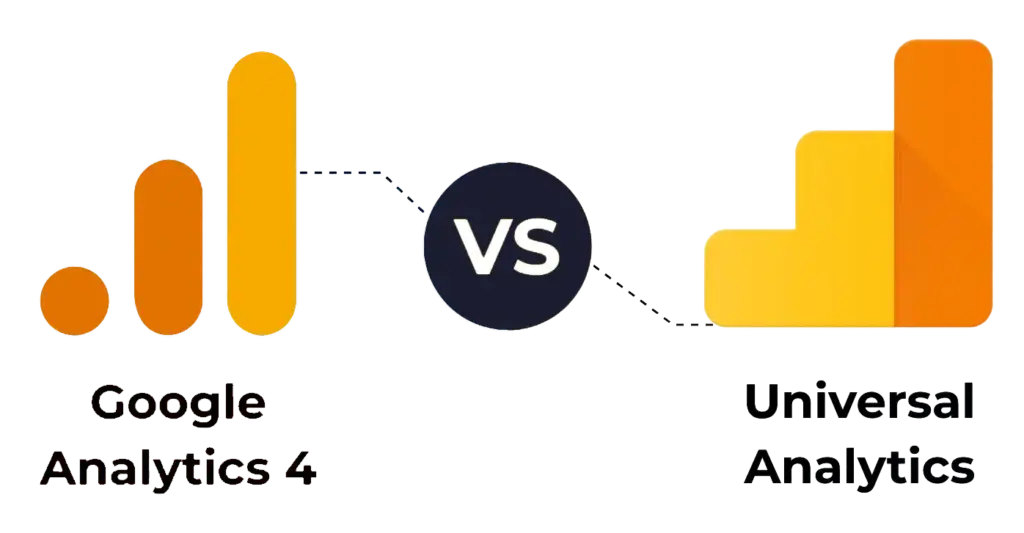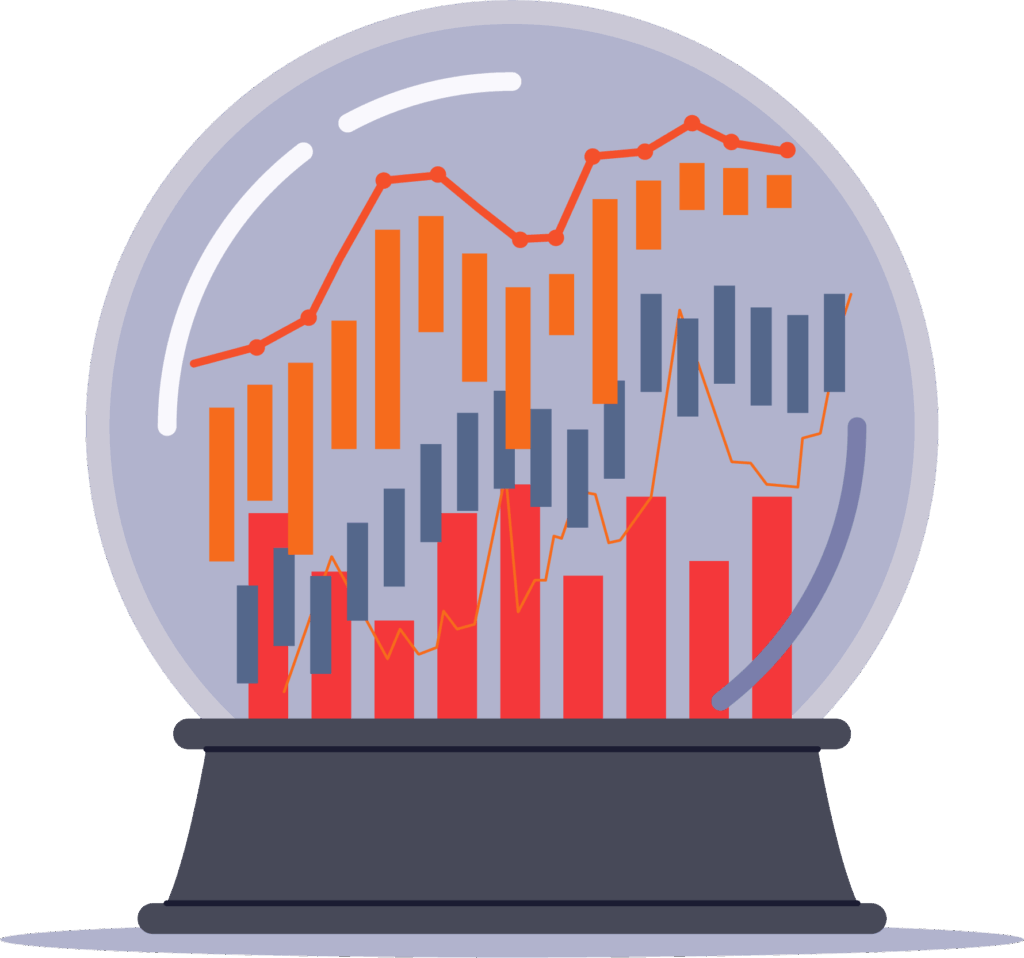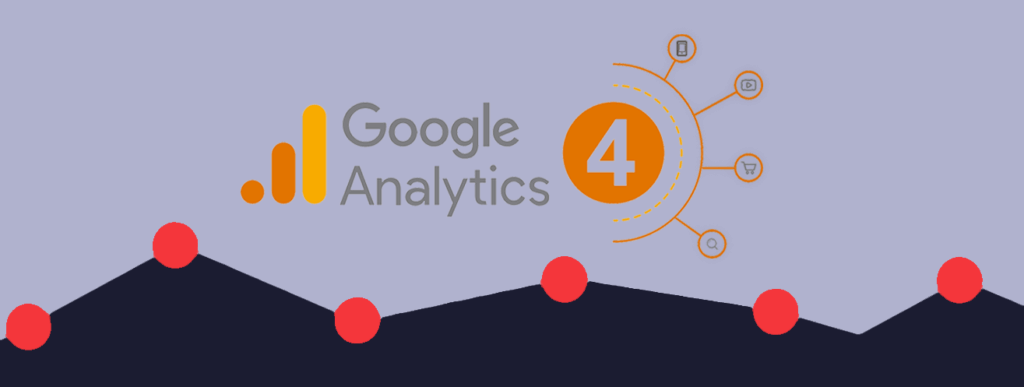If you’ve been in the e-commerce game for a while, you’re probably familiar with Google Analytics, the trusty sidekick that’s been with us through thick and thin, helping us understand our customers better. But as Bob Dylan once sang, “The times, they are a-changin’.” And in the world of digital marketing, they’re changing at warp speed. Enter Google Analytics 4 (GA4), the new kid on the block, ready to take our hand and guide us into the future of data analysis.
GA4 is not just an upgrade of the good old Universal Analytics (UA) we’ve grown to love (and sometimes hate). It’s a complete overhaul, a revolution if you will. It’s like Google took our old, reliable bicycle (UA), and replaced it with a shiny, new electric scooter (GA4). It’s still about getting from point A to point B, but the journey will be a lot different.
Now, you might be thinking, “But I like my bicycle. Do I really need to switch to this newfangled scooter?” Well, Google has stopped processing new hits for UA. So, it’s not so much a question of “if” but “when” you’ll make the switch. And trust us; you don’t want to be the last one riding a bicycle when everyone else is zipping around on electric scooters.
GA4 vs. UA: A Tale of Two Analytics

Change is the only constant, especially in the digital world. As we transition from Universal Analytics (UA) to Google Analytics 4 (GA4), let’s break down the key differences that make GA4 the next big thing in analytics.
A Fresh Coat of Paint: The User Interface
If UA was a complex puzzle, GA4 is a colorful comic book. The user interface in GA4 has been revamped to be more intuitive and user-friendly. It’s like going from trying to read The Matrix code to browsing through a vibrant graphic novel. No Ph.D. required to navigate these reports!
From Sessions to Events: The Tracking Shift
UA was all about sessions and page views, like a shopkeeper counting the number of people entering the store. GA4, on the other hand, is more like a personal shopper who knows exactly what your customers want. This shift from session-based to event-based tracking allows for a more detailed understanding of user behavior.
One Platform to Rule Them All: Cross-Device/Platform Reporting
Imagine UA as a trusty old detective, diligently noting down every visitor’s actions on your website. It’s been doing a great job, but let’s face it, the internet has evolved. We’re no longer just dealing with websites; we’ve got apps, social media, and more. Enter GA4, the new super-sleuth in town, equipped with the latest tools to track websites, apps, and other digital platforms. It’s like upgrading from a magnifying glass to a high-powered microscope.
Predicting the Future: AI-Powered Analysis

GA4 takes analytics to the next level with the use of AI for predictive analysis. It’s like having a crystal ball that can forecast future trends based on current data. This allows businesses to stay one step ahead and make data-driven decisions.
Privacy in the Spotlight: Improved Privacy Features
In an age where privacy is paramount, GA4 steps up the game with improved privacy features. It’s like having a security guard for your data, ensuring compliance with the latest privacy regulations.
The Early Adopter Advantage: Embracing GA4 Today
You might be wondering, “Why should I switch to GA4 now? While putting off the transition is tempting, several compelling reasons exist to implement GA4 sooner rather than later.
Continuity of Data Tracking
One of the most significant benefits of early adoption is the continuity of data tracking. By setting up GA4 now, you ensure that there’s no interruption in your data collection when UA is phased out. This seamless transition allows you to comprehensively view your website’s performance and customer behavior trends.
Familiarization with the New Platform
GA4 introduces a new user interface and a host of new features. By starting to use GA4 now, you give yourself ample time to become familiar with these changes. This familiarity will be invaluable when UA is retired, as you’ll be able to navigate GA4 with ease and confidence.
Leveraging New Features for Deeper Insights
GA4 offers several new features that can provide deeper insights into your customers’ behavior. These include improved cross-platform tracking, AI-powered predictive metrics, and more detailed event tracking. By implementing GA4 now, you can start leveraging these features immediately to gain a competitive edge.
Preparing for the Future
The shift to GA4 is inevitable. By adopting it now, you’re not just reacting to change but proactively preparing for the future. This forward-thinking approach can help position your business as a leader in your industry.
The Road to GA4: Navigating the Challenges
Transitioning to GA4 is not without its challenges. It’s a bit like learning a new language; it takes time and effort, but the rewards are worth it. Here are some of the hurdles you might encounter on your journey to GA4 and how to overcome them.
A New Reporting Interface and Measurement Model
GA4 introduces a new reporting interface and a shift from session-based to event-based measurement. This can feel like a paradigm shift, requiring a new way of thinking about and interpreting your data. But don’t worry. With a bit of practice and patience, and you’ll soon be speaking the language of GA4 fluently.
Custom Dimensions and Channel Grouping
In GA4, the concept of custom dimensions and metrics is replaced with event parameters, and the default channel grouping is different. This might require some adjustments in how you set up and analyze your data. But look at it as an opportunity to customize your data analysis to better suit your business needs.
A New Analytics Mindset
Perhaps the biggest challenge in transitioning to GA4 is adopting a new analytics mindset. GA4 is designed to provide a more holistic view of the customer journey, which might require a shift in how you approach your analytics. But remember, change is growth. Embracing this new mindset can open up new possibilities for understanding your customers and growing your business.
The GA4 Effect: A Paradigm Shift for E-commerce Businesses
The introduction of GA4 is not just an upgrade; it’s a paradigm shift that can fundamentally transform how e-commerce businesses understand and engage with their customers. Let’s delve deeper into how GA4 can revolutionize your e-commerce strategy.
Detailed Tracking of Customer Interactions
In the world of e-commerce, understanding customer behavior is key to success. GA4 takes this understanding to a new level with its event-based model. It allows for detailed tracking of every interaction a customer has with your website.
From the moment a visitor lands on your site, every click, every scroll, every product viewed and added to the cart, every completed (or abandoned) checkout, and even every refund request can be tracked and analyzed. This granular data can provide invaluable insights into customer behavior, helping you optimize your website layout, product placement, checkout process, and much more.
A Holistic View of the Customer Journey
GA4’s cross-platform tracking capabilities allow you to track a customer’s journey across different devices and platforms. Whether a customer first discovers your brand on social media, browses your products on a mobile app, and finally makes a purchase on a desktop browser, GA4 can track this entire journey.
This holistic view of the customer journey can help you understand how different touchpoints contribute to the final conversion. It can also help you identify any bottlenecks or issues in the customer journey that might be hindering conversions.
Customizable Metrics and Reports for Tailored Insights
Every e-commerce business is unique, and so are its data analysis needs. GA4 recognizes this and offers extensive customization options. You can define your own events based on the specific actions you want to track, create custom user properties to segment your audience and build custom reports that focus on the metrics that matter most to your business.
This level of customization allows you to tailor your data analysis to your specific business needs, ensuring that you’re not just collecting data, but gaining actionable insights from it.
Predictive Analysis for Proactive Decision Making
One of the standout features of GA4 is its AI-powered predictive metrics. These metrics can forecast potential revenue from different groups of customers, predict churn probability, and even identify potential high-value customers.
This predictive analysis can be a game-changer for e-commerce businesses. It allows you to be proactive rather than reactive. You can identify opportunities for growth, target high-value customers with personalized marketing, and take preventive measures to reduce churn.
Conclusion
As we reach the end, one thing should have become clear: the shift to GA4 is not just inevitable, it’s a revolution. It’s a complete overhaul of tracking, analyzing, and understanding data. And while revolutions can be daunting, they also bring opportunities for growth and innovation.
GA4 offers a wealth of new features and capabilities that can transform how e-commerce businesses understand their customers and make data-driven decisions. From detailed event tracking to cross-platform reporting, from AI-powered predictive analysis to improved privacy features, GA4 is a powerful tool that can drive your e-commerce business forward.
But to harness the power of GA4, it’s important to start now. The sooner you implement GA4, the sooner you can start leveraging these new features. The sooner you familiarize yourself with the new system, the smoother your transition will be.
So, are you ready to embrace the GA4 revolution? The future of analytics is here, and it’s time to seize the opportunity.


